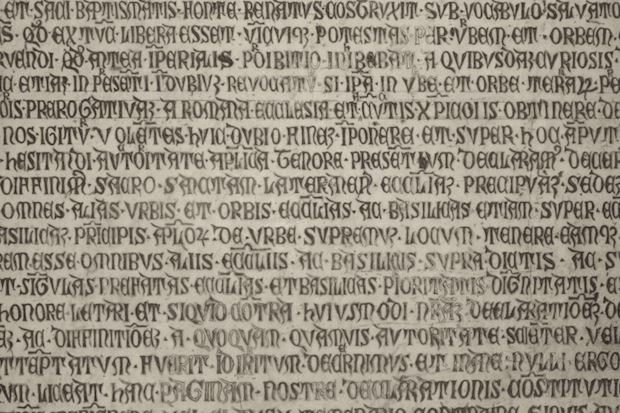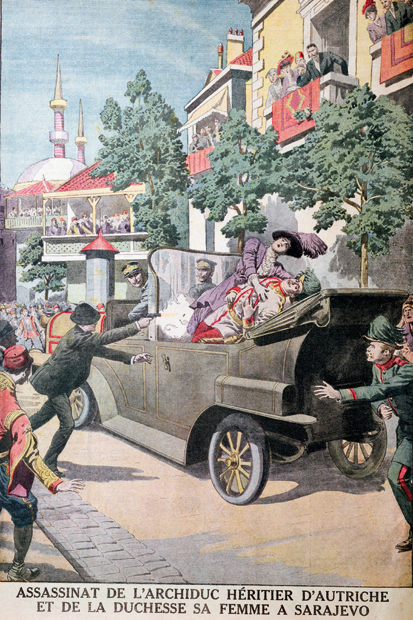The wisest words about learning Latin were said by that gifted prep-school boy, Nigel Molesworth: ‘Actually, it is quite easy to be topp in lat. You just have to work.’ But things have changed since Molesworth learnt Latin at St Custard’s in the 1950s. Over the last half-century, the work has been extracted from Latin learning and, without the work, the whole point of the language disappears.
As Gwynne’s Latin — an uplifting throwback to the good old days — reveals, many schools now don’t teach the vocative case. In the Cambridge Latin Course, used in 85 per cent of schools, you learn the nominative, accusative and dative cases in the first volume. Two more cases appear in the second, and you only learn the ablative at the end of the fourth. O tempora, o mores, as no schoolboy says any more.
Over the last decade, there has been a minor Latin revival, but it is a watered-down version of the language that has been revived. Rigorous Latin lessons are as dead as can be, except in a handful of grammar schools and private schools. So N.M. Gwynne is entering upon virgin territory with this timely guide to learning Latin properly. A former businessman and now a Latin tutor, he had a smash hit last year with Gwynne’s Grammar, a rigorous guide to English grammar. Now he’s applied the same winning formula to the most influential language of them all.
Reading the book is like taking the Tardis back to the golden, prelapsarian days of the 1950s. The spiritual forefathers of Gwynne’s Latin are those titans among textbooks: North and Hillard’s Latin Prose Composition and Kennedy’s Shorter Latin Primer (or Shortbread-Eating Primer, to give it its rightful name).
Gwynne teaches Latin in the way it was taught for centuries until its sad decline over the last 50 years. You learn the declensions, conjugations and adjectives before moving on to the tricky stuff, including those tremendous, not so scary creatures, the gerund and the gerundive.
It would be a precocious child who had the determination to teach himself Latin, but he certainly could from this book. As Molesworth says, he’d have to work hard, and, as Gwynne says, he’d have to do a lot of learning by heart.
But, as Gwynne also says in his stirring preface, once you learn Latin properly, it becomes a part of you for ever. It improves your concentration, memory, observation, understanding of English, attention to detail and powers of deduction. At its highest level, Latin will also teach you, inter alia, philosophy, comedy, architecture, tragedy, comedy and satire.
In one Latin lesson, Molesworth asks, as a time-wasting tactic, ‘What is the use of latin, sir?’ The master replies,
Er, well, er quite simple molesworth. Latin is er classics you kno and classics are — well they are er — they are the studies of the ancient peoples. Er latin gives you not only the history of rome but er (happy inspiration) its culture, it er tells you about interesting men like J Caesar, hannibal, livy, Romulus, remus and er lars Porsena of clusium.
There are worse things to know.
Got something to add? Join the discussion and comment below.
Get 10 issues for just $10
Subscribe to The Spectator Australia today for the next 10 magazine issues, plus full online access, for just $10.
Available from the Spectator Bookshop, £8.54, Tel: 08430 600033
You might disagree with half of it, but you’ll enjoy reading all of it. Try your first month for free, then just $2 a week for the remainder of your first year.














Comments
Don't miss out
Join the conversation with other Spectator Australia readers. Subscribe to leave a comment.
SUBSCRIBEAlready a subscriber? Log in